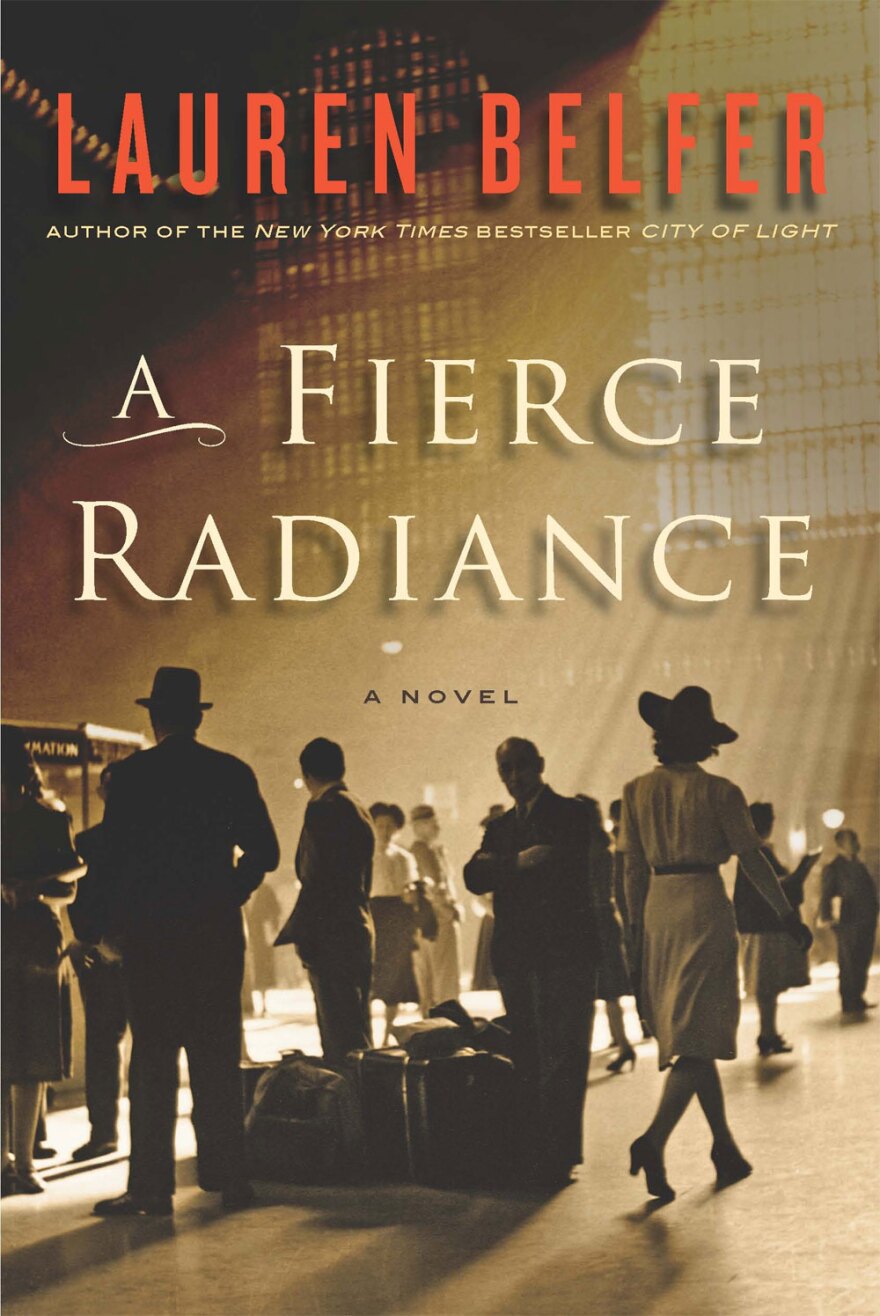It's common knowledge that Alexander Fleming discovered penicillin in 1928. A lucky wind blew a few spores into his Petri dish, and the rest is history.
That's true as far as it goes, author Lauren Belfer says, but what people forget is that Fleming couldn't do much with his miraculous discovery because penicillin was so tough to produce. It lay dormant until the outbreak of World War II, and in the meantime, people continued to die from causes as tiny as a scratch on the knee.
Belfer's new novel, A Fierce Radiance, picks up the story of penicillin just after the outbreak of the war, when pharmaceutical companies were racing to perfect mass-production of the drug.
Belfer tells NPR's Lynn Neary that the story of penicillin is a family story for her. "For all the years that I knew her, my elderly aunt kept on her bureau a photograph of her brother when he was about 10 years old, sitting in a canoe with his father, having a wonderful time on a summer vacation."
A year later, Belfer says, the boy was dead. "He died on the Fourth of July, in the 1920s, of a fast-moving infection, and there was nothing his doctors could do."
Penicillin was notoriously difficult to make. Belfer estimates that when the war broke out in 1939, there were only a few teaspoons of the drug in the entire country. But the pace of development picked up when scientists began looking for new ways to treat infections in battlefield wounds.
"What they found was that the mold, the penicillium mold, grew best in a flat surface. And they just didn't have the technology to create huge flat surfaces, so they used what was at hand," Belfer says. "It was very much an at-home kitchen process" using milk bottles and bedpans to grow the precious mold. By 1944, every soldier going ashore on D-Day had penicillin in his kit.
Penicillin was a major military priority, Belfer says, since it was considered a weapon of war. "The United States government took over the production," she says, "and penicillin was made under the supervision of the same group that was supervising the Manhattan Project for the atomic bomb."
Because the government controlled the production, it also took over the patents on penicillin, forbidding pharmaceutical companies from profiting from their work on the drug. Much of the intrigue in A Fierce Radiance comes from those companies' behind-the-scenes race to develop what they call the "cousins" -- relatives of penicillin that weren't subject to government restriction. "This became a billion-dollar industry," Belfer says. "It did not exist in 1940."
On top of this tale of war and scientific intrigue, Belfer layers the story of glamorous Life magazine photographer Claire Shipley, who's been assigned to cover the development of penicillin. "I read every single issue of Life magazine, from 1939 to 1945," Belfer says, part of an effort to put herself in the shoes of people living through the war.
"I realized that Americans expected that their cities would be bombed. Life magazine gave people advice on what to do during bombing raids. I remember an article about what to do with your pets during bombing raids, because pets weren't allowed in the shelter. That really brought the war home to me."
Copyright 2023 NPR. To see more, visit https://www.npr.org.



